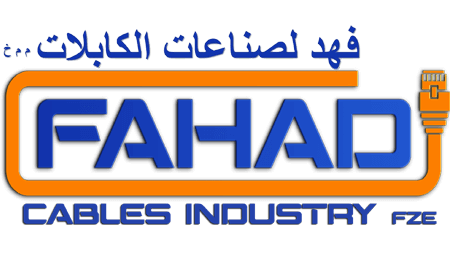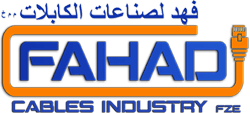Blog
Exploring the Advanced World of Ethernet Cables: A Deep Dive into Cat6, Cat6a, and Cat7 23AWG S/FTP Ethernet Cables by Fahad Cables Industry FZE
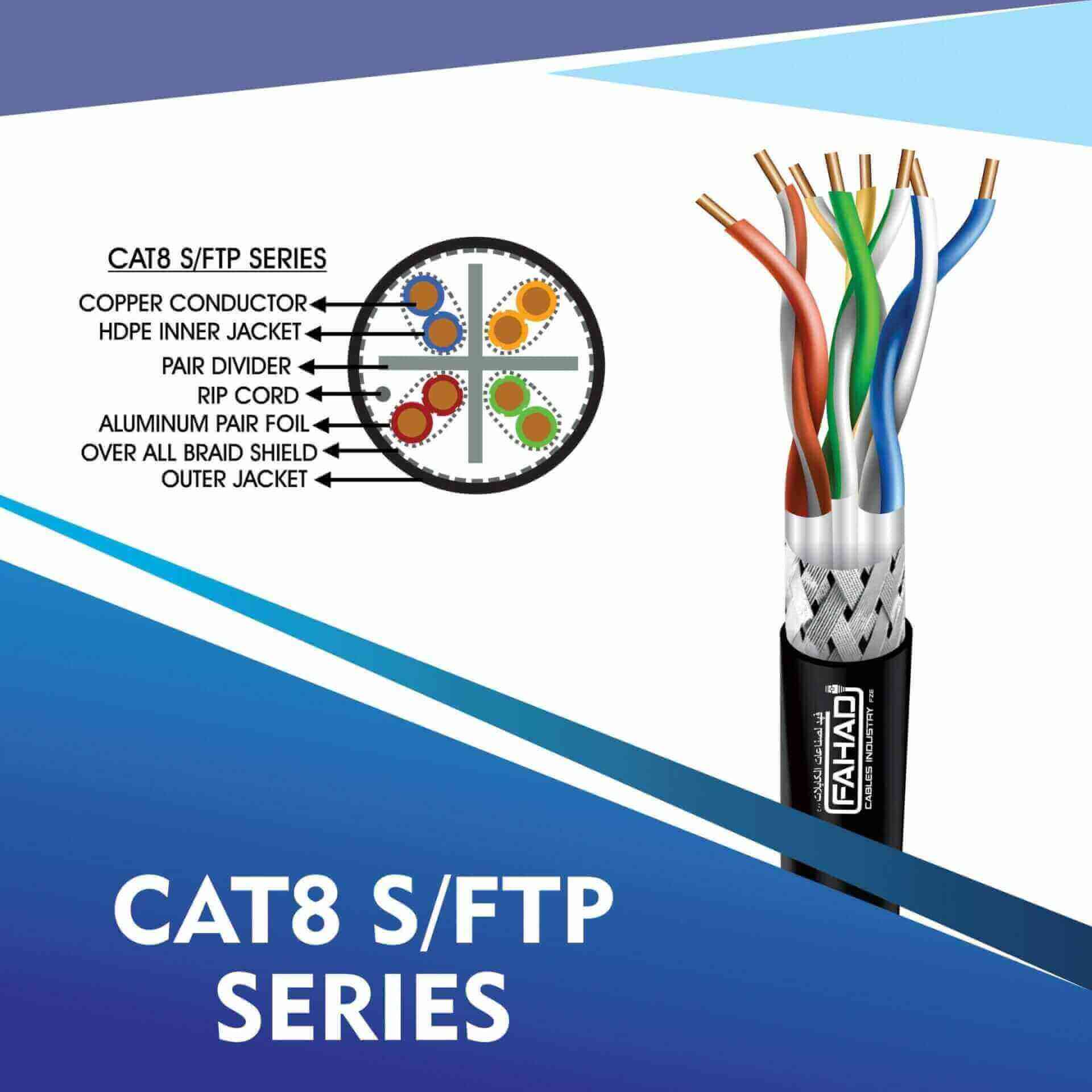
Introduction to Ethernet Cables
Ethernet cables are pivotal components in modern networking, facilitating the transmission of data between devices such as computers, routers, and switches. Their design is primarily aimed at enabling reliable and efficient communication within local area networks (LANs). Over the years, Ethernet cables have evolved significantly, integrating advancements in technology to address the increasing demands for higher speeds and bandwidth.Cat7 23AWG S/FTP Ethernet Cables
Initially, Ethernet was defined by the 10BASE-T standard, which supported data rates of 10 megabits per second. As technology advanced, so too did the performance cat6a or cat7 of Ethernet cabling. Standards such as Cat5, Cat5e, Cat6, and beyond emerged, each designed to accommodate faster data transmission and reduce interference. The most recent iterations, including Cat6a and Cat7 cables, can support up to 10 gigabits per second, catering to applications that require high-speed internet and robust network performance.
cat6 cat7 and cat8 network cables market
The categorization of Ethernet cables reflects their capability and performance features, which are crucial for specific networking environments. For instance, Cat6 cables utilize enhanced specifications that allow them to transmit data over greater distances while maintaining high performance. On the other hand, Cat6a cables are shielded to minimize signal interference, making them suitable for high-density environments. Similarly, Cat7 cables are designed with advanced shielding techniques, allowing for even greater bandwidth and protection against crosstalk.
The significance of selecting high-quality Ethernet cables cannot be overstated, as they directly influence the efficiency of data transmission and the overall network performance. Investing in superior cables, such as the 23AWG S/FTP Ethernet cables by Fahad Cables Industry FZE, ensures that connections remain stable and efficient, which is essential for both personal and professional use. Understanding the evolution and purpose of Ethernet cables is vital for anyone looking to optimize their networking setup.
Understanding Cable Categories: Cat6, Cat6a, and Cat7
Ethernet cables play a pivotal role in networking technology, and understanding the different categories is essential for selecting the right cable for specific needs. The Cat6, Cat6a, and Cat7 cables each represent advancements in data transmission capabilities, with distinct specifications and practical applications.
Starting with Cat6 cables, these are designed to support data rates up to 1 Gbps at lengths up to 100 meters, making them suitable for most home and small business networks. They operate over frequencies reaching 250 MHz, which enables enhanced performance in environments with moderate interference. Ideal for applications like online gaming and HD streaming, Cat6 provides reliable connectivity for users seeking robust performance without the need for higher specifications.
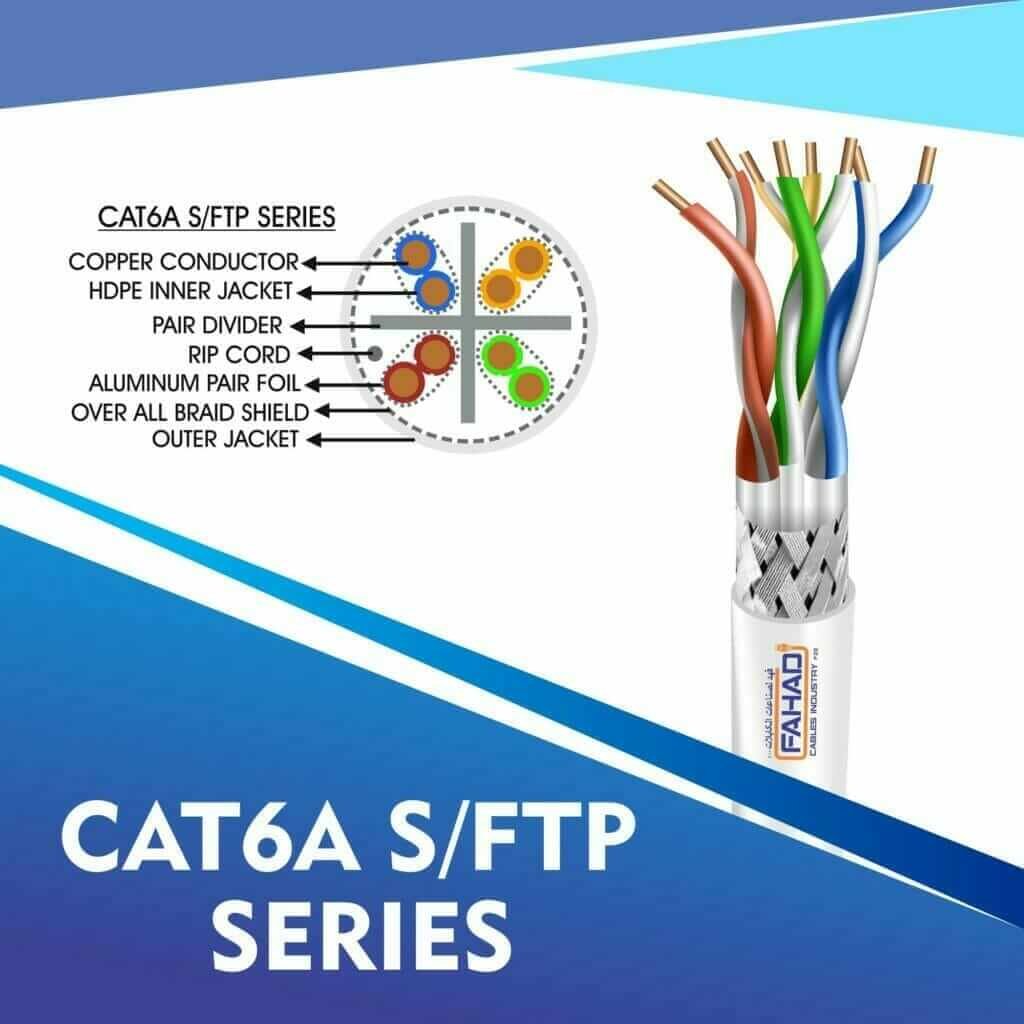
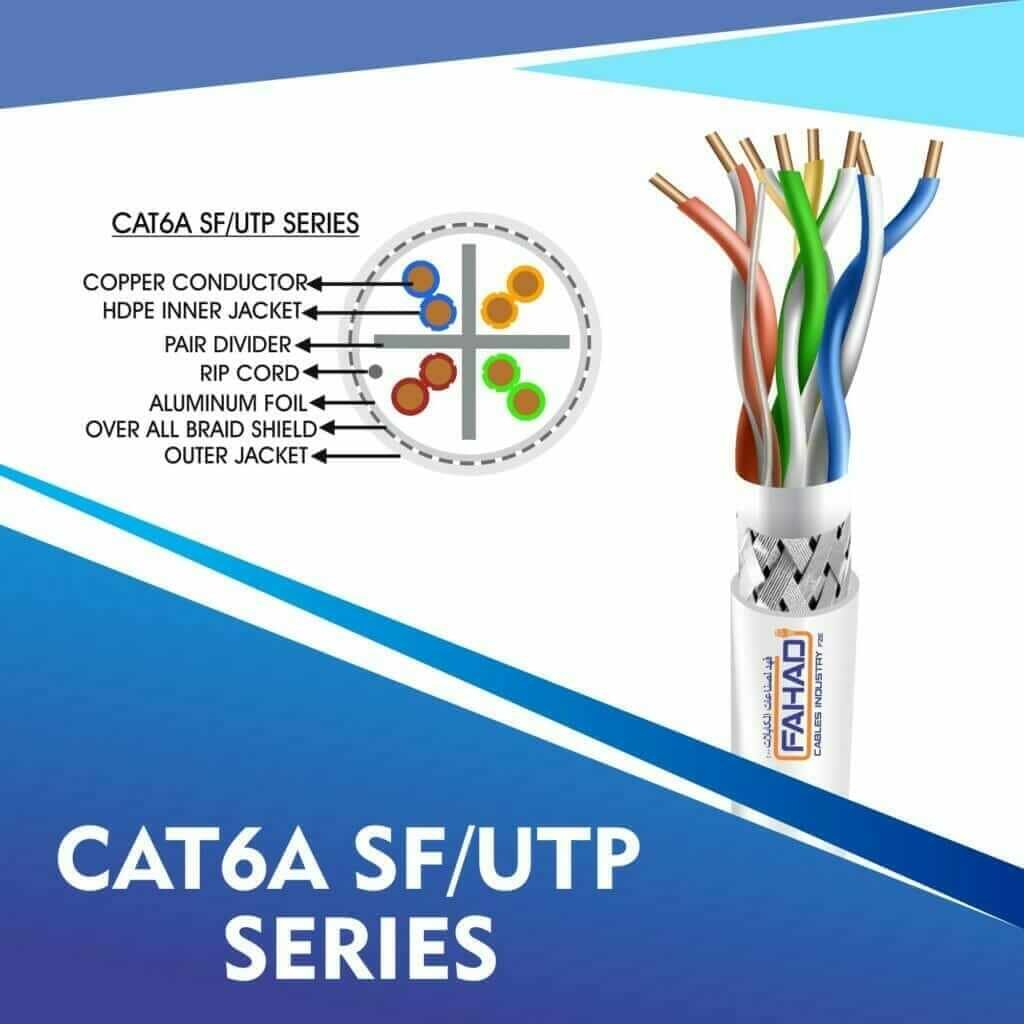
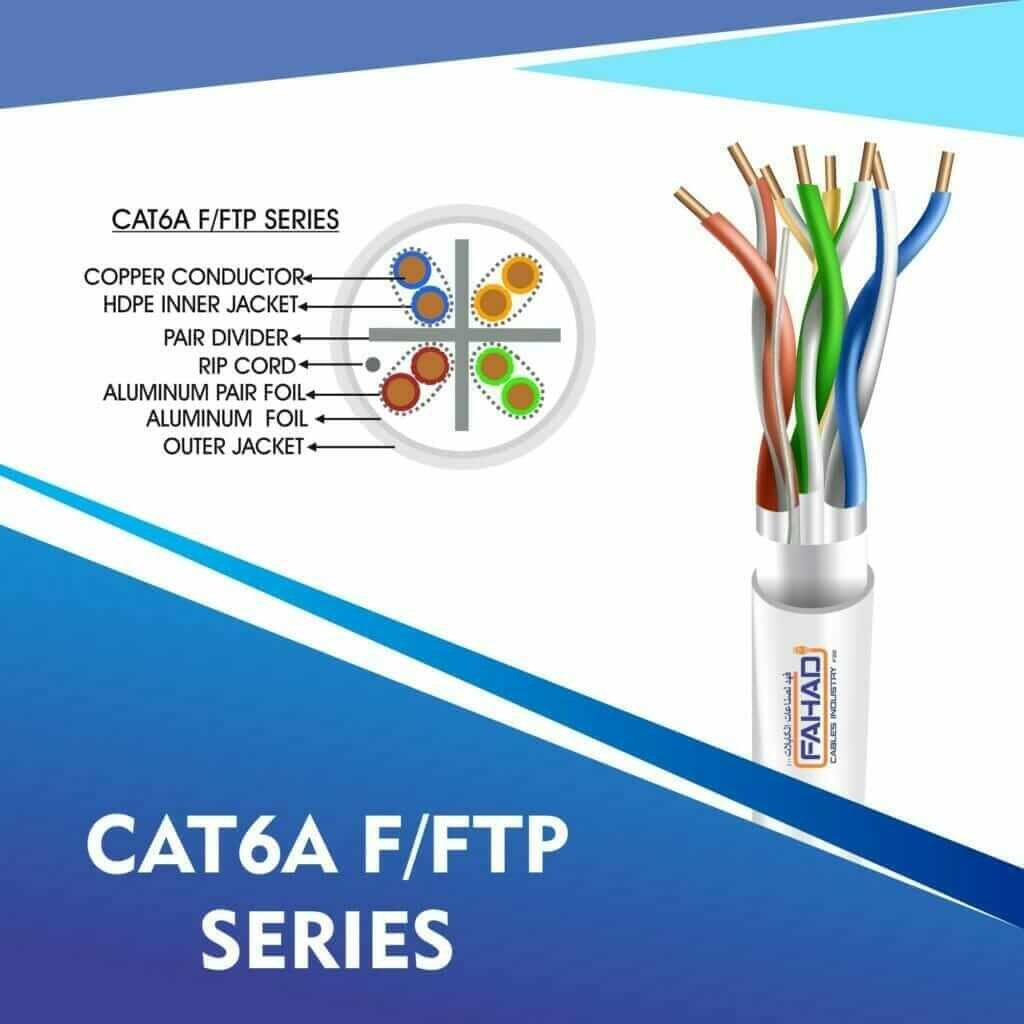
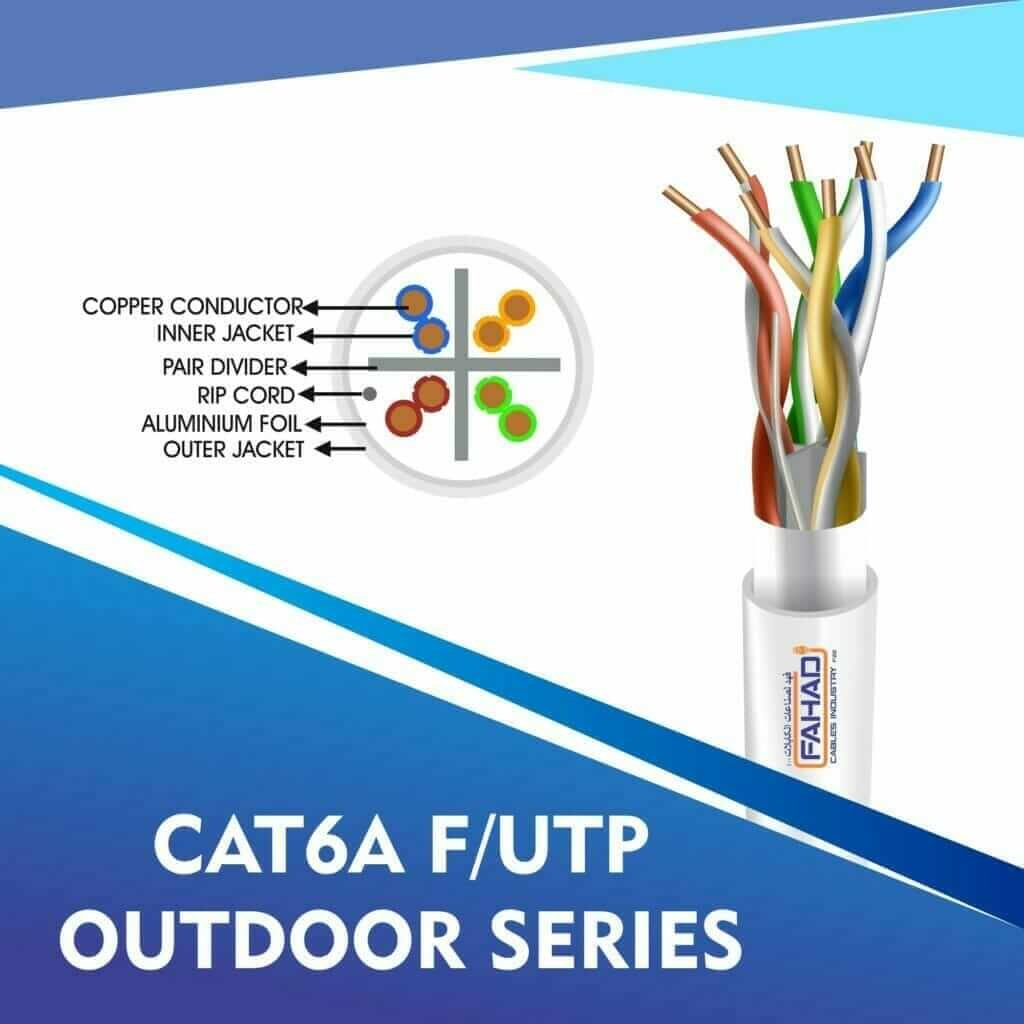
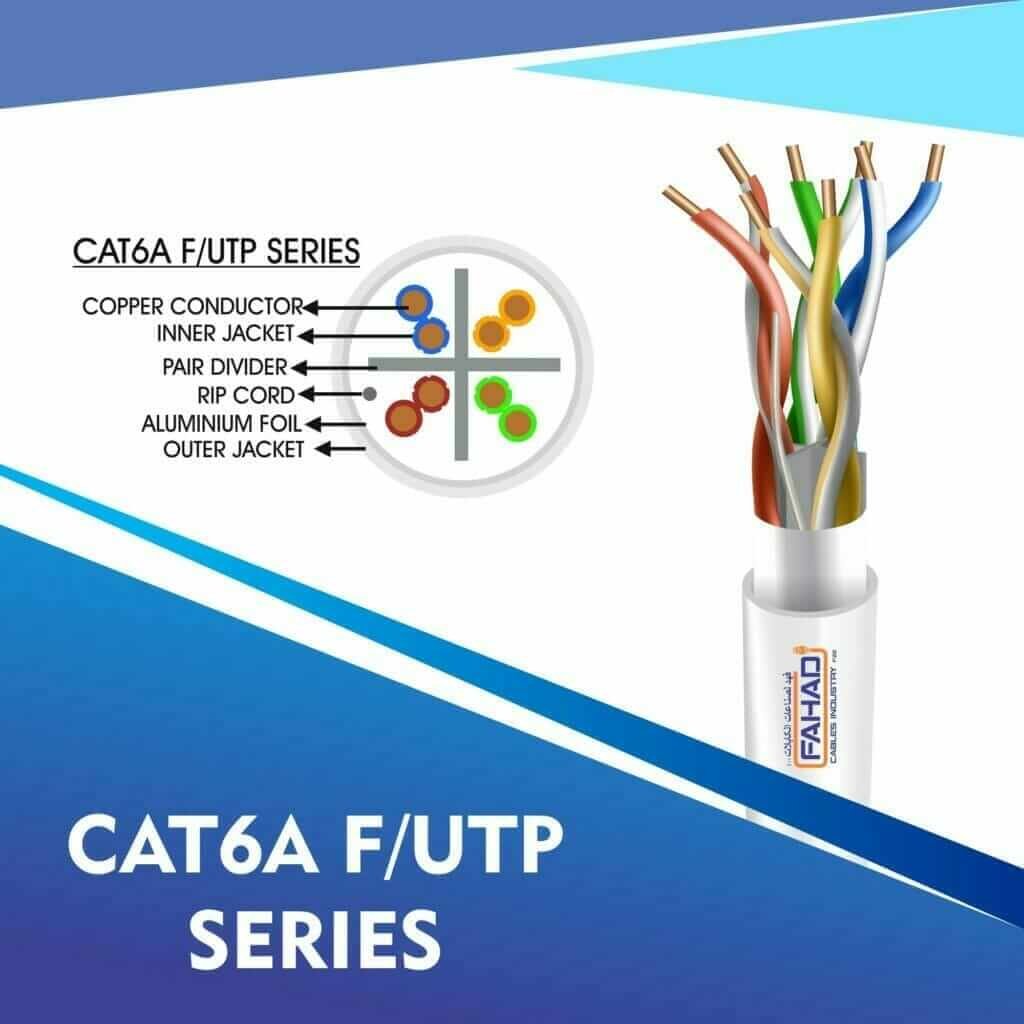
Progressing to Cat6a, this category overcomes some of the limitations of its predecessor, accommodating data transmission speeds up to 10 Gbps at the same distance of 100 meters. Its enhanced shielding significantly reduces crosstalk and electromagnetic interference, positioning Cat6a as a superior choice for data centers and high-demand networking environments. With a frequency capacity of 500 MHz, this cable is particularly advantageous for applications that require high bandwidth, ensuring optimized performance even in densely populated networks.
Finally, Cat7 cables, are engineered to support even more demanding networking environments. Capable of delivering data rates up to 10 Gbps while extending frequencies to 600 MHz, Cat7 cables utilize stringent shielding to minimize interference and optimize performance. This makes them ideal for enterprise-level applications, including data centers and high-speed networks where data integrity and speed are critical. Furthermore, Cat7 cables can offer future-proofing capabilities for evolving networking requirements.
Each of these cable categories serves a unique purpose and choice largely depends on the specific needs of the network in question. The appropriate selection among Cat6, Cat6a, and Cat7 can significantly impact the efficiency and reliability of data transmission in various environments.
The Importance of 23AWG Gauge in Ethernet Cables
In the realm of Ethernet cables, the American Wire Gauge (AWG) serves as a crucial indicator of the wire’s diameter, directly influencing various performance characteristics. Of particular interest are 23AWG cables, which have gained prominence due to their favorable balance between size, flexibility, and conductivity. Understanding the significance of 23AWG in Ethernet cables can enhance the overall network performance, particularly in environments demanding high speeds and reliability.
Firstly, 23AWG cables possess a larger conductor diameter compared to thinner gauges, such as 24AWG or 26AWG. This increased size results in lower resistance, allowing for more efficient signal transmission. The reduction in resistance mitigates latency, ensuring data packets travel swiftly and accurately across networks, an essential factor in high-demand applications like video streaming or gaming. Furthermore, the thicker conductors used in 23AWG cables facilitate better performance at higher frequencies, making them suitable for demanding applications that require greater bandwidth.
Signal quality is another critical aspect affected by the choice of wire gauge. Thicker wires, like those found in 23AWG cables, demonstrate enhanced immunity to electromagnetic interference (EMI) and crosstalk, common problems in densely populated wiring environments. This leads to clearer, more stable signal transmission over longer distances, which is particularly advantageous for installations requiring extended runs, such as office buildings or data centers.
In comparison, while 24AWG cables remain popular due to their lower cost and sufficient performance for everyday tasks, they may not offer the same level of resilience and speed as 23AWG. For high-performance networking needs, utilizing 23AWG Ethernet cables ensures a robust infrastructure capable of handling future technological advancements and increasing data demands.
The Benefits of S/FTP Shielding
In the landscape of modern networking, the significance of high-quality Ethernet cables cannot be overstated. S/FTP (Shielded Foiled Twisted Pair) technology offers numerous benefits that enhance the performance of Ethernet connections in various environments. One primary advantage of S/FTP shielding is its ability to minimize electromagnetic interference (EMI). By incorporating individual shielding around each twisted pair and an overall shield, S/FTP cables effectively block external noise that can disrupt data signals. This characteristic is particularly beneficial in settings with substantial electrical interference, such as industrial facilities or densely populated office spaces.
Furthermore, S/FTP shielding contributes to improved data transmission reliability. The structure of S/FTP cables not only protects against interference but also reduces the potential for crosstalk between individual pairs. Crosstalk is a common issue in network cabling that can lead to degraded performance and slower data rates. By mitigating this phenomenon, S/FTP cabling ensures consistently high-speed data transfer, making it an optimal choice for high-bandwidth applications like video streaming or large data transfers.
Enhanced network performance is another pivotal benefit of S/FTP technology. With its robust shielding, S/FTP cables maintain signal integrity over longer distances compared to unshielded cables. This capability is crucial for improving the overall efficiency of networks, especially in environments where multiple devices are interconnected. Additionally, as networks evolve to support more advanced technologies, the upwards compatibility of S/FTP cables positions them as a reliable solution for future-proofing network infrastructure. In periods of increasing data demands, investing in S/FTP cabling can ultimately lead to sustainable network operations, fostering seamless connectivity in various professional settings.
Fahad Cables Industry FZE: A Leader in Cable Manufacturing
Fahad Cables Industry FZE has established itself as a prominent manufacturer within the cable industry, particularly noted for its dedication to quality and innovative technology. With a commitment to producing high-performance cables, the company has continually expanded its product offerings to include advanced Ethernet cables like Cat6, Cat6a, and Cat7, which are essential for modern networking requirements.utp cable (cat5 cat7) market
The organization emphasizes the importance of quality control throughout the manufacturing process. By adhering to strict international standards, Fahad Cables ensures that each cable product meets the rigorous demands of both residential and commercial applications. Their attention to detail in quality assurance has significantly contributed to their reputation as a reliable source for Ethernet cables, giving clients confidence in their investment.
Innovation is at the core of Fahad Cables’ ethos. The company actively engages in research and development to stay at the forefront of technological advancements in cable manufacturing. By implementing cutting-edge techniques and materials, Fahad Cables has successfully created a range of 23AWG S/FTP Ethernet cables that not only increase data transmission speeds but also enhance overall network efficiency. This innovation positions the company as a key player in the Ethernet cables sector, setting benchmarks for others in the industry to follow.
In addition to their commitment to quality and innovation, Fahad Cables Industry FZE offers a diverse array of products that cater to various customer needs. Their product line extends beyond Ethernet cables, encompassing a wide selection of cables suitable for different applications, thereby exhibiting their versatility as a manufacturer.
By focusing on these key areas, Fahad Cables Industry FZE continues to be at the forefront of the cable industry, driving advancements in Ethernet technology while maintaining a solid reputation for quality and reliability.
Applications of Cat6, Cat6a, and Cat7 Cables
Ethernet cables play a pivotal role in modern network infrastructure, particularly in residential and commercial settings. Cat6, Cat6a, and Cat7 cables are designed to meet the increasing demands for speed and reliability in various applications. Each type of cable offers unique features suited to different environments, ensuring efficient data transmission.
In home networking, Cat6 cables are commonly used due to their capability of supporting speeds of up to 10 Gbps over short distances. This makes them ideal for streaming high-definition video, online gaming, and other bandwidth-intensive applications. Their ability to operate efficiently in environments with multiple connected devices positions them as a preferred choice for residential setups that require stable connections.
As we move to commercial spaces, Cat6a cables come into play. They enhance the performance of Ethernet networks by providing greater bandwidth and improved crosstalk prevention. Cat6a is particularly effective in larger office buildings where multiple users require high-speed internet access simultaneously. These cables can handle data rates of 10 Gbps over longer distances than their Cat6 counterparts, making them suitable for extensive network installations.
Data centers, which require extremely high levels of performance, often rely on Cat7 cables. These cables provide shielding that minimizes interference, allowing for frequencies of up to 600 MHz. This makes them adept at handling the heavy data loads typical in server environments, facilitating faster data transfers and more reliable connections essential for cloud computing and critical data management processes.
Lastly, in industrial applications, Cat7 cables are favored due to their durability and performance in harsh conditions. Their robust construction ensures that they operate effectively in environments subjected to electromagnetic interference and extreme temperatures, providing a dependable solution for manufacturing plants and large-scale industrial operations. The specific technological requirements of each sector dictate the choice of cable, ensuring optimal performance tailored to user needs.
Comparison of Cat6, Cat6a, and Cat7 for Network Needs
When selecting the right Ethernet cable for specific network needs, understanding the differences among Cat6, Cat6a, and Cat7 is crucial. Each category of cable offers varying levels of performance, bandwidth capabilities, and cost, making them suited for different applications.
Starting with Cat6 cables, they are designed to handle data transfer speeds of up to 10 Gbps for distances up to 55 meters. This makes them adequate for most home and small business applications, supporting high-definition video streaming and online gaming. However, as the demand for speed increases, Cat6 cables can begin to slow down when subjected to more significant data loads over longer distances.
In comparison, Cat6a cables enhance the capabilities of Cat6, allowing for data transfer speeds of up to 10 Gbps over distances of 100 meters. This additional range without performance loss makes Cat6a ideal for environments where distance is a critical factor, such as large office spaces. Additionally, Cat6a cables are designed with improved shielding to reduce crosstalk, which further enhances their reliability in demanding network scenarios.
On the other hand, Cat7 cables take performance to an even higher level, catering to networks that require extensive speed and bandwidth capabilities. Supporting frequencies up to 600 MHz and data transfer speeds of 10 Gbps over 100 meters, Cat7 cables are particularly suited for data centers and enterprise environments. Their superior shielding also provides enhanced protection against electromagnetic interference, making them the go-to option for high-speed networking.
From a cost perspective, while Cat6 cables are generally the most affordable, Cat6a and Cat7 represent an investment in future-proofing a network. The choice ultimately depends on specific network requirements including speed, distance, budget, and anticipated future needs.
Installation Guidelines and Best Practices
When installing Cat6, Cat6a, and Cat7 23AWG S/FTP Ethernet cables, following proper installation guidelines is crucial for maximizing performance and ensuring longevity. A well-planned installation minimizes issues such as interference and signal degradation, which can compromise the effectiveness of your network.
First, consider the routing of cables. It is essential to avoid running Ethernet cables parallel to electrical cables, as electromagnetic interference can disrupt data transmission. To mitigate interference, aim for a separation of at least 12 inches between Ethernet and power cables. When routing cables, utilize the walls, baseboards, and ceilings to keep them organized and less susceptible to damage. Additionally, any sharp bends in the cable run should be avoided, as they can affect performance by introducing excessive stress.
Another best practice involves securing the cables with appropriate fasteners. Using cable ties or Velcro straps helps maintain organization while preventing unnecessary tension on the cables. This attention to detail is vital in both home and professional installations, where maintaining an orderly cable management system can streamline future modifications and troubleshooting.
Connection and termination processes are also critical to ensure optimal performance. Always use high-quality connectors and adhere to the T568A or T568B wiring standards to prevent cross-talk and ensure compatibility across devices. When stripping the cable, be cautious to avoid damaging the inner conductors, as this can impact the overall signal quality. Properly seated connections will reduce the potential for disruptions and dropout issues in data transmission.
To conclude, adhering to these installation guidelines and best practices will not only maximize the performance of your Cat6, Cat6a, and Cat7 Ethernet cables but also guarantee a more reliable and longer-lasting network system. A little attention to detail during installation can yield significant benefits in the long run.
Conclusion
In summary, the selection of the appropriate Ethernet cable is imperative for achieving optimal network performance. Throughout this post, we have explored the nuances and specifications of Cat6, Cat6a, and Cat7 23AWG S/FTP Ethernet cables. Each category presents distinct advantages that are suited to varying networking requirements, from standard home usage to high-performance enterprise situations.
Understanding the differences between these cables is essential for making informed decisions. Cat6 cables provide a robust option for basic networking tasks with decent bandwidth capacity, while Cat6a expands upon this with enhanced performance metrics, suitable for environments where higher speeds and data rates are necessary. On the other hand, Cat7 cables take network capabilities a step further by offering superior shielding and improved transmission quality, making them ideal for data centers and settings that demand exceptional reliability and speed.
Fahad Cables Industry FZE stands out as a reliable provider of high-quality Ethernet cables, ensuring that users have access to the technology necessary for advancing their network capabilities. By focusing on durable construction and cutting-edge specifications, the options available can meet the needs of various applications, from home office setups to large-scale business environments.
As technology continues to evolve, so does the importance of selecting the right type of Ethernet cable. Therefore, whether you are a casual user or a professional seeking to enhance your networking infrastructure, understanding the distinctions among cable types will facilitate a more robust and efficient network solution. Selecting the right Ethernet cable can significantly impact overall performance, and partners like Fahad Cables Industry FZE are well-equipped to support your networking endeavors.
